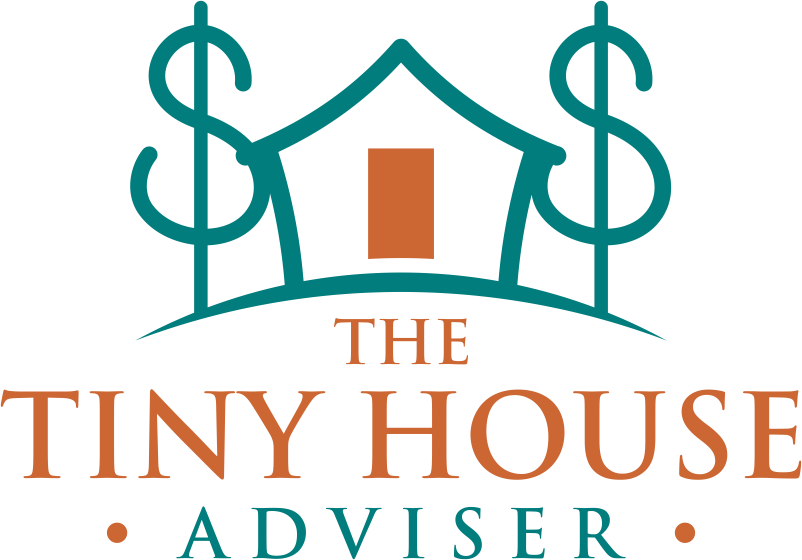EP 77: Tiny Living: Financial Freedom Through Adobe Homes
Adobe: A Sustainable & Accessible Building Material
Laura kicks off the episode by sharing her own fascination with adobe, sparked by her tiny infrastructure project in northern New Mexico. Adobe, a traditional building method in the Southwest, blends seamlessly into the natural landscape and provides energy efficiency, durability, and affordability.
Quentin, who has been working with adobe since childhood, explains that adobe is one of the most accessible building materials in the world. Found in nearly every region, it consists of a simple mix of clay, sand, and water, formed into bricks and sun-dried. This method has been used for centuries in various cultures, from Pueblos in New Mexico to North African villages.
The DIY Potential of Adobe Construction
One of the biggest takeaways from the episode is how DIY-friendly adobe construction can be. Traditionally, adobe homes were built by the people who lived in them, making it an ideal choice for those looking to take control of their housing costs.
Quentin emphasizes that the process requires more patience than money—making it an excellent fit for people interested in self-sufficiency, off-grid living, and tiny home alternatives. Some key benefits include:
Affordability – The main cost of an adobe home is labor. If you're willing to put in the work, materials are practically free.
Durability – Adobe homes can last for centuries when properly maintained.
Comfort – The thermal mass of adobe naturally regulates temperature, keeping homes cool in summer and warm in winter.
Eco-Friendliness – Adobe bricks require no industrial processing, making them one of the lowest-carbon footprint building materials available.
Laura and Quentin discuss the growing interest in sustainable building methods and how modern builders are rediscovering this ancient technique to create low-cost, high-efficiency homes.
Multigenerational Lessons in Adobe Homebuilding
Quentin shares personal stories from his own experience building and restoring adobe homes, including how he learned from local elders who passed down generations of knowledge about adobe craftsmanship.
He also highlights the role of women in adobe construction, explaining that in many cultures, men traditionally built the walls while women handled the plastering and finishing touches. This highlights the accessibility of adobe as a building method for anyone willing to learn.
Adobe vs. Modern Building Methods
Laura and Quentin compare adobe homes to conventional wood-frame houses and discuss the advantages adobe has over modern construction:
Fire Resistance – Adobe does not burn, making it an ideal material for fire-prone areas.
Flood Durability – Adobe walls can survive flooding better than drywall or wood structures.
Soundproofing – The dense material naturally blocks outside noise, creating a peaceful living space.
Pest Resistance – Unlike wood homes, adobe does not attract termites or rodents.
However, Quentin notes that modern building codes have made adobe construction more complicated. While adobe is included in the International Residential Code, different states and municipalities have varying regulations that DIY builders must navigate.
The Future of Adobe & Natural Building
With rising housing costs and a growing interest in self-sufficient living, Quentin believes that adobe is making a comeback. He highlights major international projects, such as Saudi Arabia’s massive adobe rebuilding initiative and efforts in India and China to revive earthen construction techniques.
For those interested in learning more, Quentin recommends resources like Adobe in Action, The Earth Builders Guild, and various online communities dedicated to natural building techniques.
Final Takeaways: Building Your Own Home, Your Way
Laura wraps up the episode by emphasizing that homeownership doesn’t have to mean a 30-year mortgage. Alternative building methods like adobe offer a path to debt-free, sustainable living—perfect for those pursuing an unconventional American dream.
She also reminds listeners to check out the Unconventional Values Quiz at thetinyhouseadviser.com to start mapping out their financial path to homeownership.
For full show notes and more information visit: https://bit.ly/4fNOMZX
Resources mentioned
Quention Wilson: Mud Talks Podcast, Instagram & Facebook: @adobeinaction
Email: qcw87575@gmail.com
Quotes from the episode
“Adobe is really born out of necessity.”
“Adobe homes are environmentally correct.”
“Millions have built Adobe houses without help.”
Subscribe to the podcast
Apple Podcasts | Spotify | Stitcher | Amazon Music | Google Podcasts | RSS
